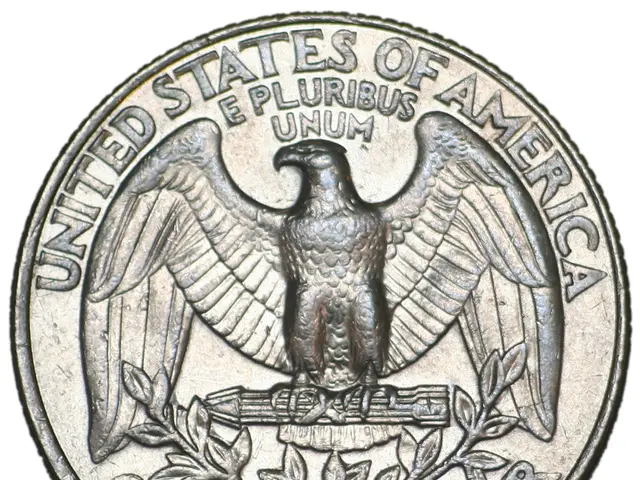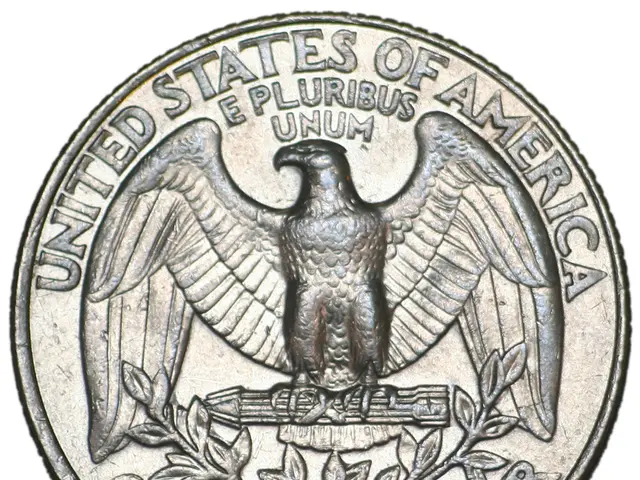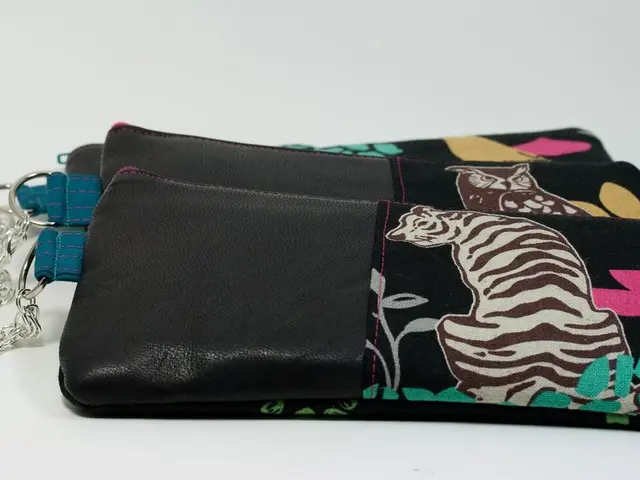Veterinary-Recommended Strategies for Managing Canine Hair Loss
Dogs are beloved companions, and their shiny, healthy coats are a testament to their well-being. However, hair loss in dogs, also known as alopecia, can be a concerning issue for pet owners. This article aims to shed light on the causes, symptoms, and treatments of alopecia in dogs.
Alopecia is an abnormal condition that usually indicates something is interfering with hair growth or causing the hair to fall out prematurely. Breeds with a higher predisposition to alopecia include the French Bulldog and the Cavalier King Charles Spaniel. These breeds are noted for having a higher frequency of health issues, including alopecia.
Hormonal imbalances, such as hypothyroidism, Cushing's disease, and sex hormone imbalances, can disrupt the hair growth cycle, leading to symmetrical hair loss and changes to the coat texture. Skin infections like bacterial infections (such as staphylococcal dermatitis) or fungal infections like ringworm can also cause patchy hair loss, scabs, and redness.
Parasites such as fleas, mange mites (sarcoptic or demodectic), and lice can cause hair loss in dogs by irritating the skin and triggering scratching and chewing. Stress, anxiety, or boredom can lead some dogs to over-groom, chew, or scratch themselves, resulting in self-inflicted alopecia.
Common symptoms of hair loss in dogs include bald patches on the skin, thinning fur, red or inflamed skin, crusting, scaling, or scabs, itching and scratching, excessive licking or chewing, and changes in skin color. If the hair loss is sudden or rapidly spreading, the skin looks sore, red, crusty, or infected, your dog is scratching, licking, or chewing excessively, there are distinct bald spots rather than generalized shedding, or other symptoms are present, it is advisable to book a veterinary appointment.
Treating underlying conditions for hair loss in dogs involves prescription flea, tick, and mite control products for parasites, antibiotics, antifungals, or medicated shampoos for infections, and long-term medication and regular monitoring for hormonal disorders. Medicated shampoos, moisturizing sprays, and topical ointments can soothe itching and reduce the risk of secondary infection.
A complete, balanced diet and the addition of omega-3 and omega-6 fatty acids can help restore coat health and promote healthy regrowth. A supplement like Zesty Paws Wild Alaskan Omega-3 Blend, rich in omega-3, can support skin and coat health while boosting the immune system.
Prevention is key when it comes to alopecia in dogs. Keeping up with parasite control, feeding a balanced diet, and regularly checking your dog's coat will help prevent many problems and keep your dog looking and feeling their best. If stress or boredom is a factor, providing enrichment activities, behavior training, and in some cases calming supplements or medication can help.
Allergies can also cause hair loss in dogs, with dogs being allergic to environmental triggers such as pollen, dust mites, or mold, as well as certain food ingredients like beef, chicken, or dairy. Early diagnosis means faster treatment, better comfort for your dog, and often a quicker return to a shiny, healthy coat.
Emma Chandley, a vet with 14 years of experience, has a keen interest in surgery and achieved advanced practitioner status in small animal surgery from the British Small Animal Veterinary Association and Nottingham Trent University. Her expertise highlights the importance of seeking professional advice when dealing with alopecia in dogs.
In conclusion, understanding the causes and symptoms of alopecia in dogs is crucial for maintaining their health and well-being. Regular check-ups, a balanced diet, and parasite control are essential preventative measures. If you notice any signs of hair loss in your dog, do not hesitate to consult with your veterinarian.
Read also:
- Understanding Hemorrhagic Gastroenteritis: Key Facts
- Stopping Osteoporosis Treatment: Timeline Considerations
- Tobacco industry's suggested changes on a legislative modification are disregarded by health journalists
- Expanded Community Health Involvement by CK Birla Hospitals, Jaipur, Maintained Through Consistent Outreach Programs Across Rajasthan




